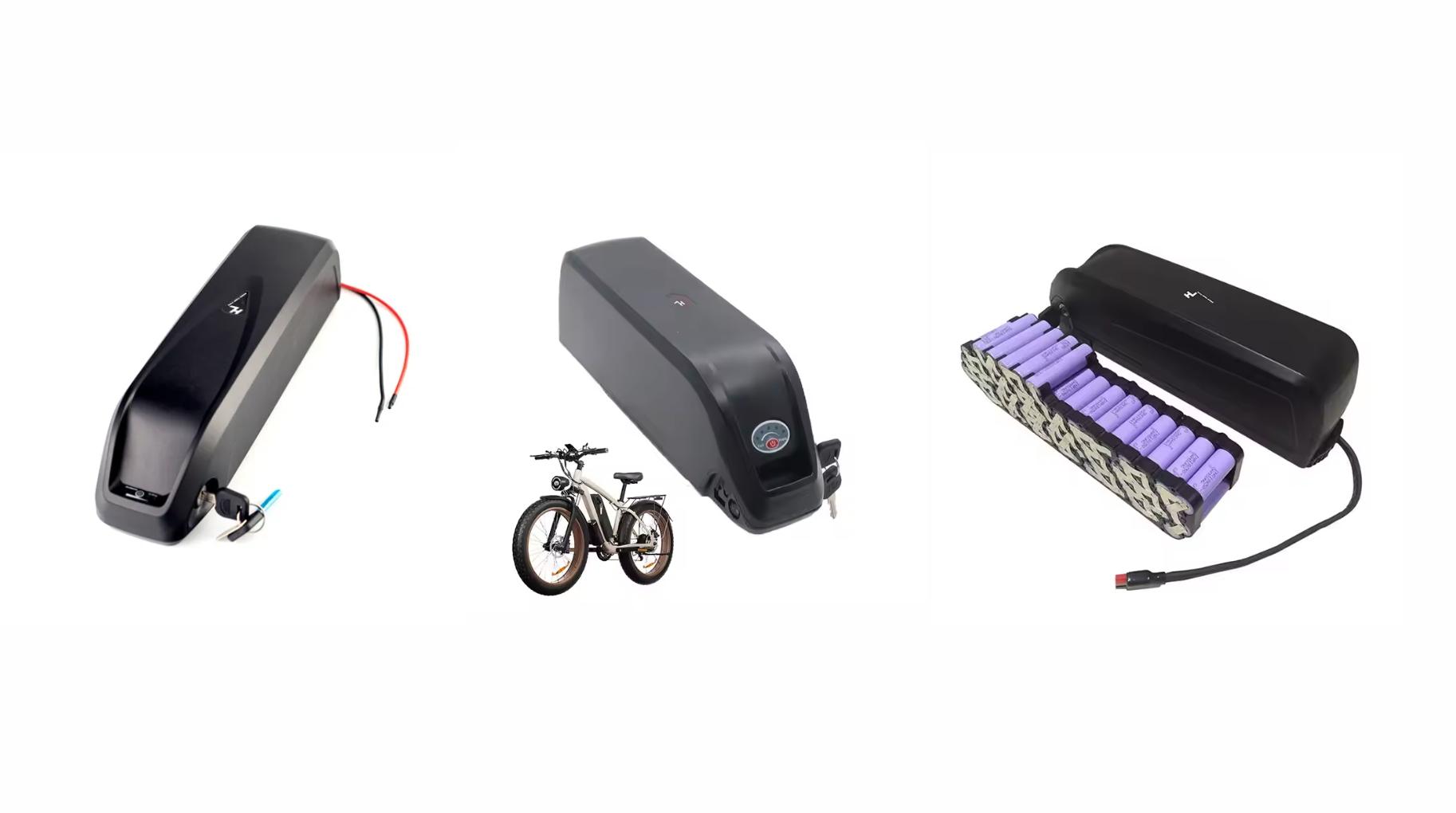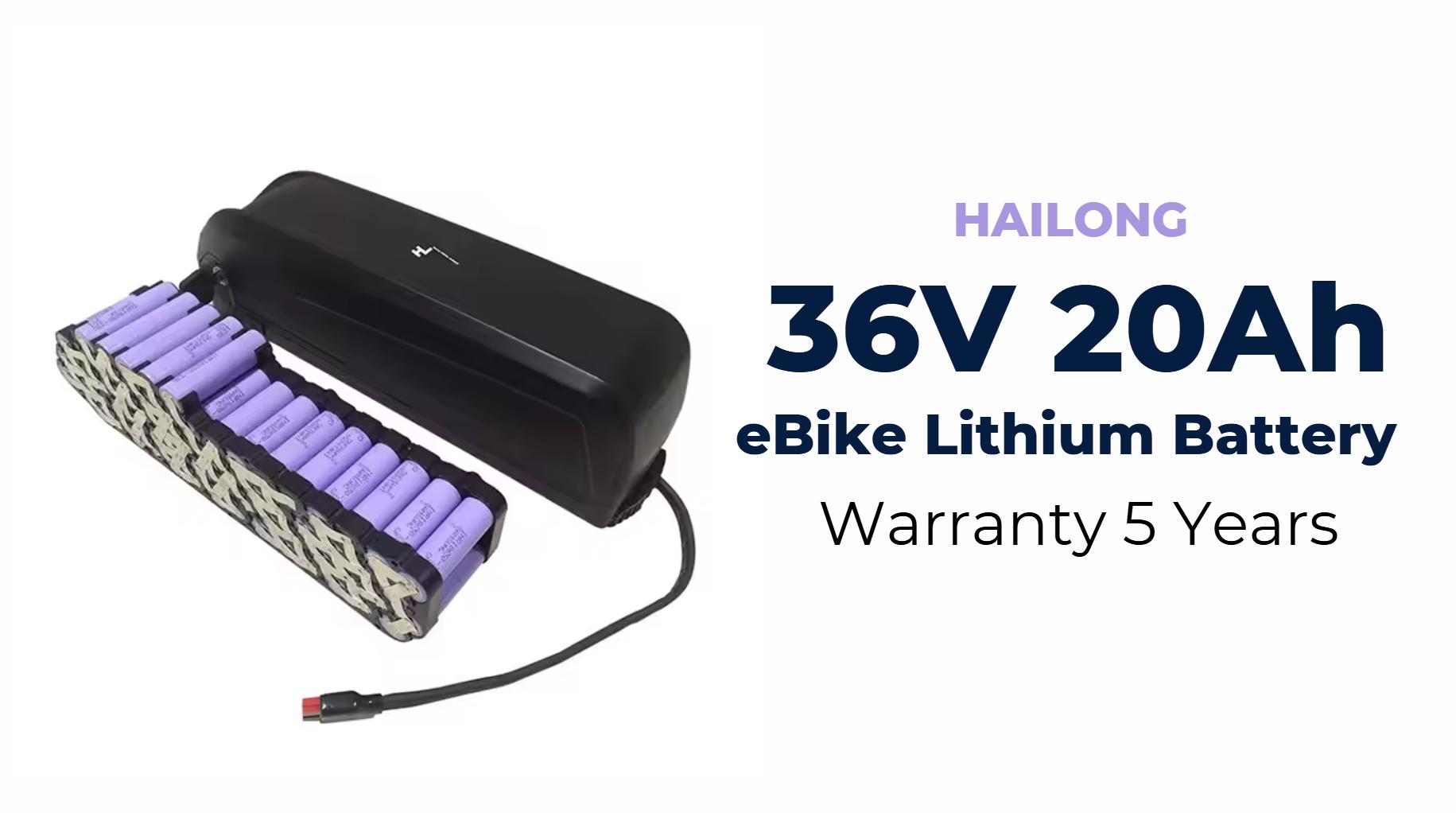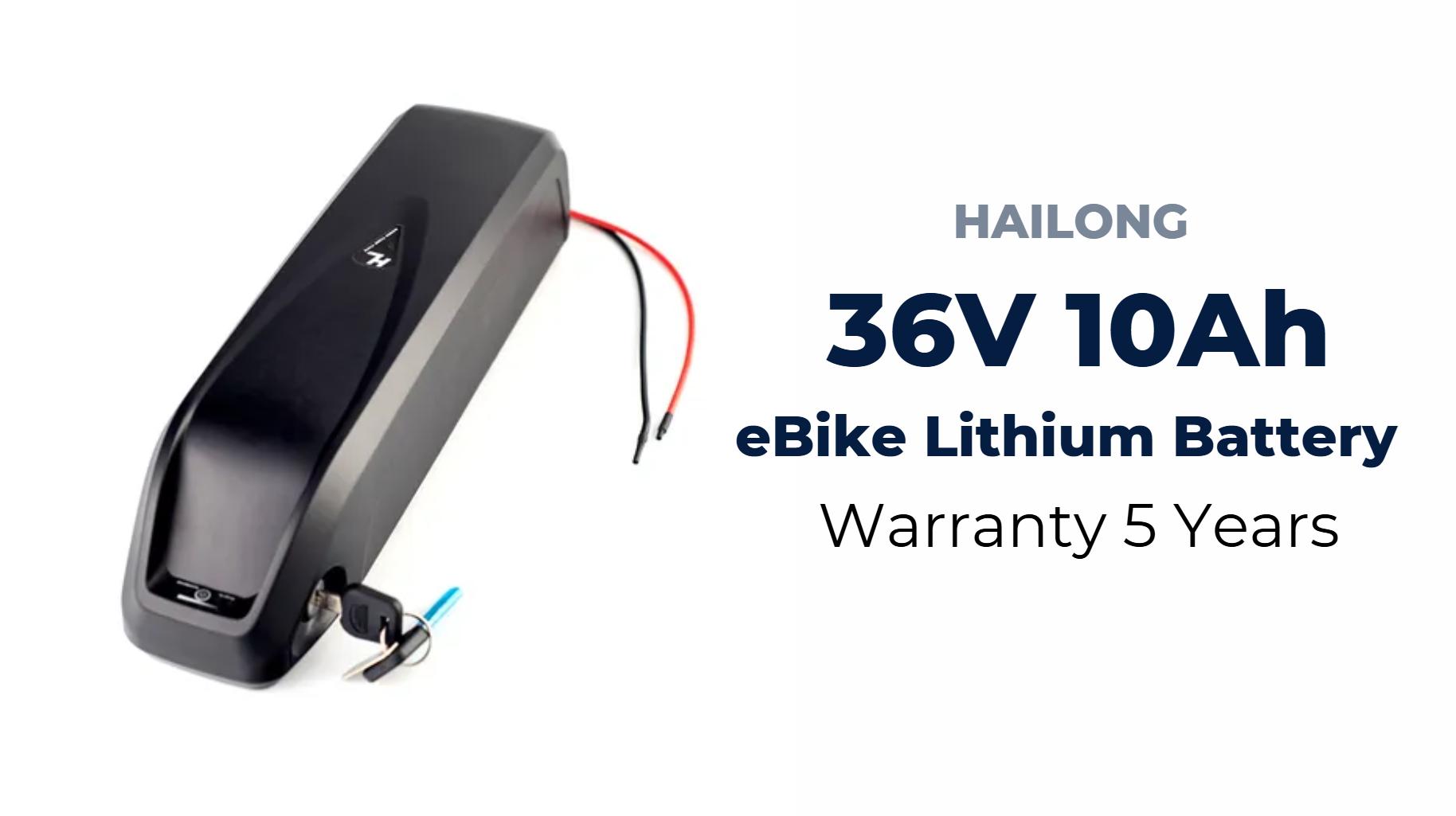What Signs Indicate That Your Lithium Battery Needs Replacement?
Recognizing the signs that indicate your lithium battery needs replacement is crucial for maintaining device performance and safety. Key indicators include decreased battery life, overheating, physical damage, and difficulty holding a charge. Understanding these signs can help you make informed decisions about battery maintenance and replacement.
What Are the Signs of Decreased Battery Life?
One of the most prominent signs that your lithium battery needs replacement is a noticeable decrease in its capacity to hold a charge. If your device no longer lasts as long as it used to, despite similar usage patterns, it’s likely that internal degradation has occurred.
How Does Overheating Indicate a Need for Replacement?
Overheating during charging or use is another critical sign that your lithium battery may be failing. If the battery compartment becomes excessively hot, it could indicate internal issues that pose safety risks such as thermal runaway.
What Physical Damages Suggest Replacement?
Visible damage such as swelling, bulging, cracks, or leaks in the battery casing are clear indicators that replacement is necessary. These physical deformities often result from overcharging or exposure to extreme temperatures.
How Can You Identify Difficulty Holding a Charge?
If your lithium battery struggles to maintain a charge or discharges rapidly even when not in use, it may be time for a replacement. This issue often stems from increased internal resistance as batteries age.
What Are the Symptoms of Inconsistent Performance?
Inconsistent performance can manifest as unexpected shutdowns, erratic behavior in devices, or sudden drops in battery percentage. These symptoms often indicate underlying issues with the battery’s internal structure.
How Do Environmental Factors Affect Battery Health?
Environmental conditions such as extreme temperatures can significantly impact lithium battery health. Cold weather can reduce performance and lifespan, while high temperatures can accelerate degradation.
What Is the Average Lifespan of Lithium Batteries?
Typically, lithium batteries last between 2 to 10 years depending on usage patterns and care. Regular monitoring can help you identify when replacement is necessary before performance declines significantly.
How Can You Extend the Life of Your Lithium Battery?
To prolong your lithium battery’s lifespan, avoid extreme temperatures, charge it regularly without letting it fully discharge, and store it properly when not in use. Following these practices can help maintain optimal performance.
Expert Views
“Understanding the signs that indicate a lithium battery needs replacement is vital for ensuring both safety and efficiency,” says an expert from Redway. “Regular checks for physical damage and monitoring performance can prevent hazardous situations.”
Conclusion
Identifying when your lithium battery needs replacement involves recognizing signs such as decreased capacity, overheating, physical damage, and inconsistent performance. By being proactive about these indicators, you can ensure safer operation and extend the life of your devices.
FAQ Section
Q: What are common signs that my lithium battery needs replacing?
A: Look for decreased battery life, overheating during use or charging, physical damage like swelling or cracks, and difficulty holding a charge.Q: How long do lithium batteries typically last?
A: The average lifespan of lithium batteries ranges from 2 to 10 years depending on usage and care.Q: Can environmental factors affect my lithium battery’s performance?
A: Yes, extreme temperatures can significantly impact battery health and performance over time.







